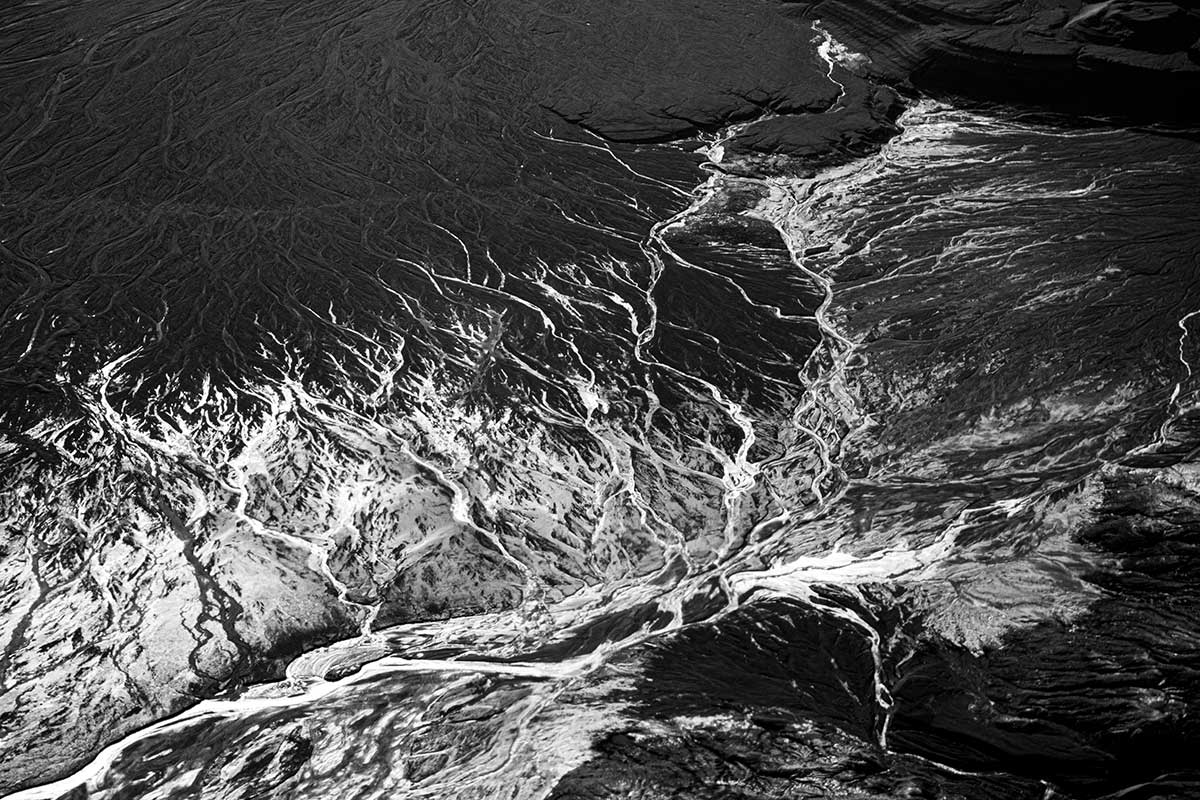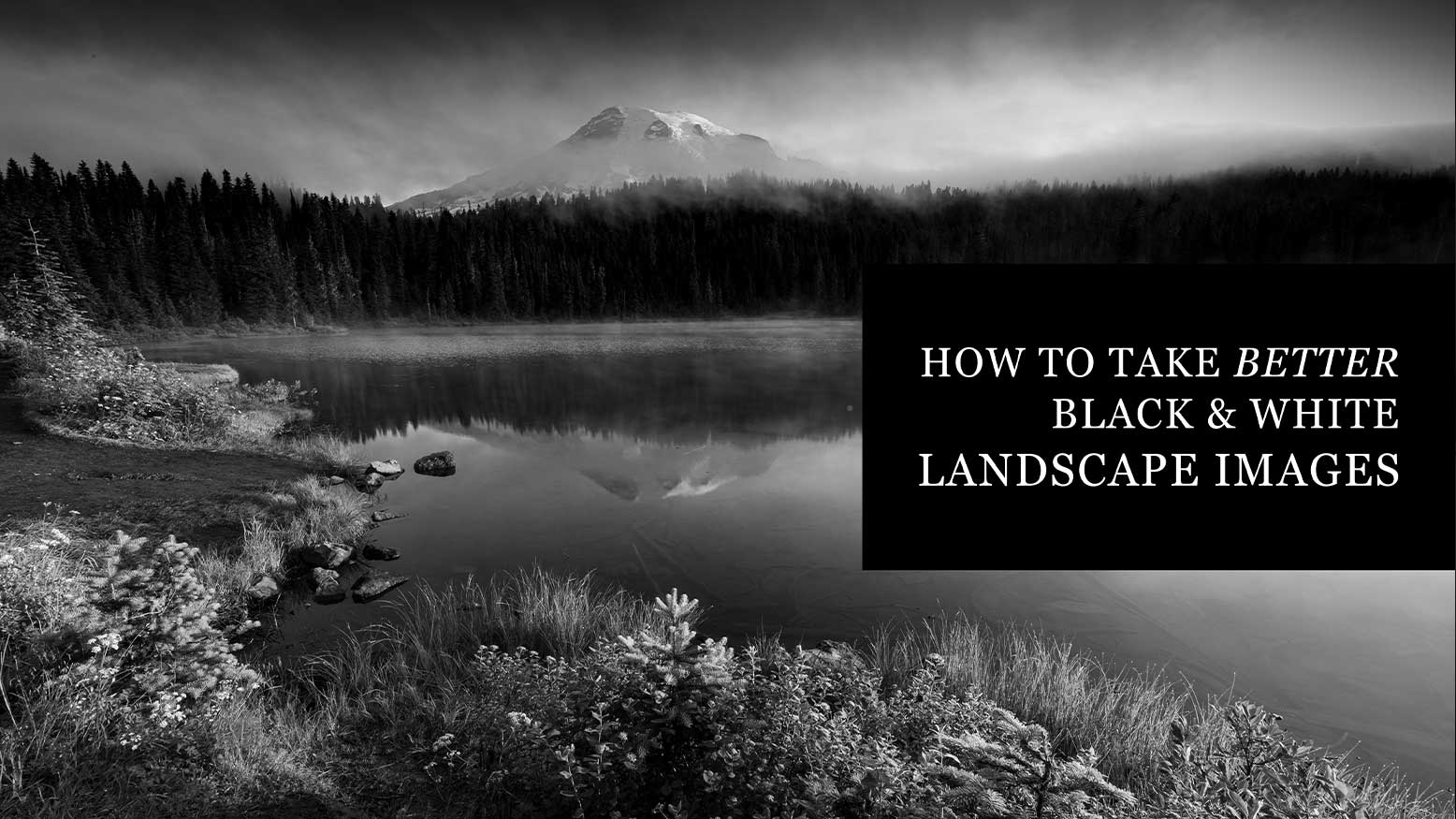How to Take Better Black & White Landscape Images with Jennifer King
Black & white photography has been around since the inception of photography, when the masters brought scenes of the west to life and changed the history of art forever. With the use of new camera and processing technologies, HDR and endless clicks of a shutter, the world of photography is constantly improving. Yet with all the advances in realistic color capture, many photographers still seek to create black & white images. The power, simplicity and drama that a great black & white photo can communicate cannot be understated, so how can we become better Black & White Landscape photographers?
The Fine Art of Photography
One of the most important things to understand is that black & white photography is a form of fine art as opposed to landscape photography, which focuses on realism and what you see through your lens. Black & white is a departure from reality. It is an illusion, because most of us see in color. Creating these images is not so much about what you photograph, and more about how you photograph.
When I approach my subject, my intention is to create an image that evokes an emotional response. I want the viewer to feel as though they have stepped into the scene and experience the drama and power of that moment. The image is designed so the viewer reacts to the light, shadow and shapes. To do this, I approach fine art photography differently than I do landscape photography.
I go with the intention to photograph black & white. This puts me in the mindset to view the landscape not by color, clouds or foreground. Instead I look for the highlights. Once I find the highlights, I can choose the lens and position the camera to capture dramatic light. With light comes shadow, so the shape of the shadow becomes every bit as important as the light.





